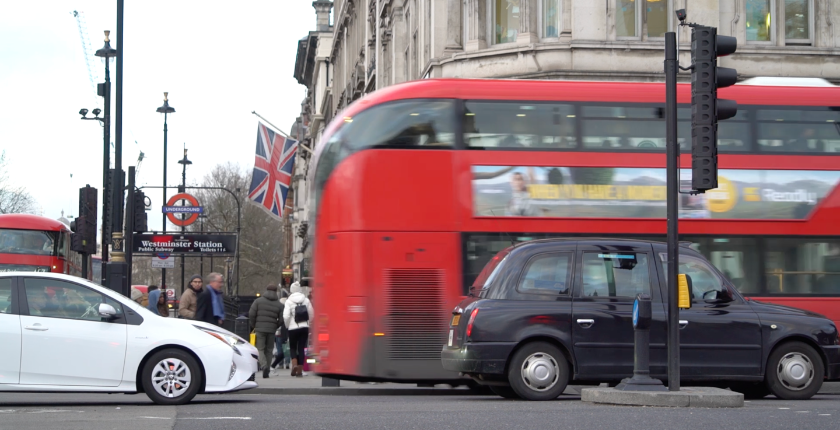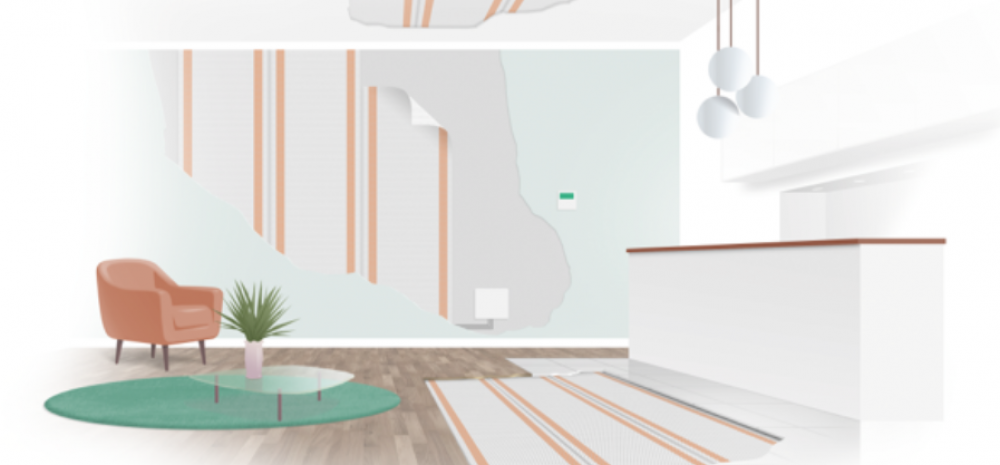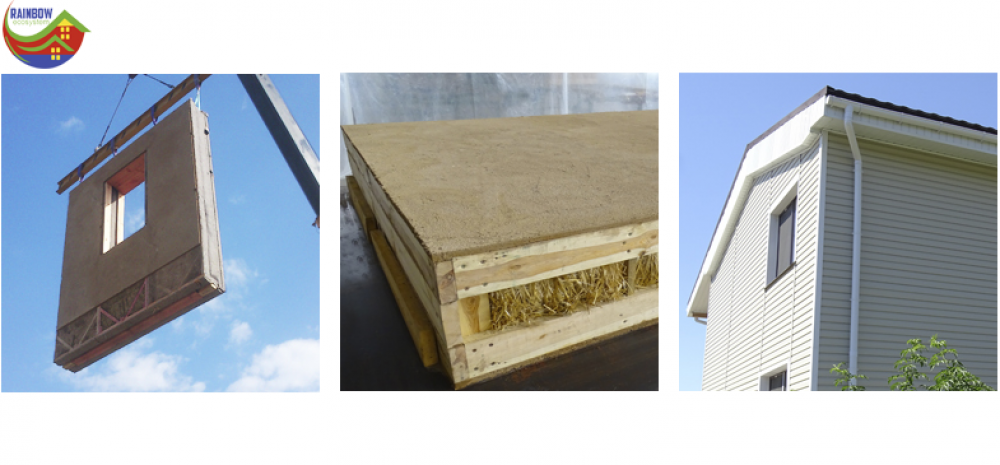News - February 21, 2018
Efficient solutions for cities


Written by Rémy Kalter
When we hear statistics about cities being responsible for 70% of global GHG emissions, it’s natural and tempting to want to focus our efforts on finding that one big solution that will make a massive difference. That can actually be quite paralysing, and the truth is that cities are so complex that such a blanket approach would ever work.
That’s why we have committed to finding so many solutions - 1000 - that can help cities with very different contexts to succeed. Each has very different needs, or geographies, or even regulations, so we need to accommodate for those.
So whether it’s improving air quality, or making for more efficient heating and cooling of our homes, or even generating our own electricity, the answers can and will be very different in each location.
This week, we are bringing some of those solutions to mayors in Europe who will be in Brussels marking a decade since they formed the covenant of mayors to address climate and energy. Some of those solutions are highlighted below, and will help you understand the kind of innovations that will contribute to the energy transition in our own cities.
Resource and Energy Efficiency in Buildings and infrastructure
Take Aelectra’s membrane heating system. It’s kind of like wallpaper that emits infrared light, which is not visible to humans (or most household pets, if you were wondering). Instead of heating up the air like most conventional heating systems, it will instead heat the walls and furniture and even people. Installation is uncomplicated, and all you need is an electrician and a painter. Further, it is inexpensive compared to installing heat pumps, and there are no visible radiators, pipes or boilers.

Alright, so we’ve warmed our homes. But even building them can be done in a cleaner way. Cement, an ingredient for the concrete used to build many buildings in Europe, is responsible for about 5% of global CO2 emissions.
Rainbow Ecosystems have a solution to that. They have found a way to build floors, walls, ceilings and roofs from renewable ecomaterials - wood and clay, but also compressed straw! And unlike the first pig’s home in The Three Little Pigs, these houses won’t blow away, and happen to also come in at 30% below market price. As an added benefit, a 100m2 home built out of this can capture 30 tons of CO2. Whilst it remains unclear if the first pig was trying to save money, it suggests that maybe he was just ahead of his time.

Other members that will be present in this category include:
Mobility
We hear a great deal about electric cars, hydrogen fuel cells, hybrid solutions - and these are all important elements to improve air quality and livability of cities. But you may have noticed that there’s an awful lot of combustion-engine cars still on the road. Fortunately they have not been forgotten about; New Eco Technologies (formerly CGON) have developed a fuel enhancement technology that makes for increased fuel efficiency (customers report savings of up to 20% on their petrol bills) and fewer emissions and particulates are expelled into the air. It is also easily installed by a mechanic.
As for those cities lucky enough to border a lake or river, this next solution will be a great way to cut across town and avoid traffic. Seabubbles have created an all-electric, fully-autonomous water-taxi that makes no noise, causes no pollution and even manages to charge its batteries from wind, wave and solar when docked. Particularly nice is that this craft, when it reaches speeds of more than 12km/h, will rise out of the water 50 cm, thereby reducing drag by 40%, and using less energy. It also means a much smoother ride, important for those who have just finished lunch. Watch the video below to learn more.
Other mobility solutions that will be present include:
Clean Energy Production
When you understand what Ecotech Ceram have done with their solution, it seems remarkably simple and straightforward. It’s also a textbook example of the circular economy at work. The Ecostock is a battery that is recharged by capturing the heat that would otherwise be lost in industrial processes, transforming it into electricity, and storing it. The battery is made up of ceramic (which is excellent at storing heat) made from waste and industrial by-products. It is all housed in a shipping container, making it easily transportable. Watch the video below for more.
Other solutions present include:
These are the sorts of solutions that cities are looking for to enable their transition to sustainability, and there’s a great deal more, which is what we at the World Alliance for Efficient Solutions are committed to helping them become more visible and to push the clean energy transition ever closer to it’s tipping point.

Written by Rémy Kalter on February 21, 2018
